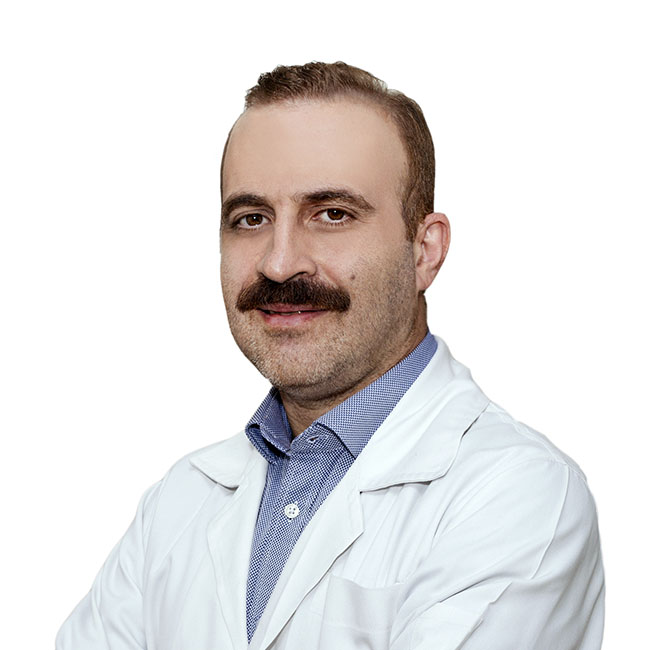TURP (Transurethral resection of Prostate)
What is transurethral resection of the prostate or TURP?
Transurethral resection of the prostate (TURP) is a surgical procedure to remove parts of the prostate gland through the penis and urethra. Unlike other prostate removal methods, this treatment does not require incisions and open surgery.
In TURP surgery, the surgeon reaches the prostate by placing an instrument at the end of the penis through the urethra. This tool, which is called microketoscope, is about 30 cm long and 1.2 cm in diameter.
A microctoscope contains a camera, a valve to control the outflow of fluid, and a coil of electrical wire capable of severing, slicing tissue, and tying off blood vessels. The wire loop is guided by the surgeon so that the surgeon cuts the tissue that has caused the urinary tract to be closed. The cut tissues are washed and removed from the urethra by this device.
When will we need transurethral resection of the prostate (TURP)?
TURP surgery is often performed to relieve symptoms caused by an enlarged prostate gland. This disease is also called benign prostatic hyperplasia (BPH) or benign prostate enlargement. Enlargement of the prostate gland in this case is not a sign of prostate cancer, and in fact, BPH is a common disease in old people. An enlarged prostate gland can put pressure on the urethra and cause problems in the exit of urine from the body.
Sometimes removing the prostate through the urethra is done only to treat the symptoms of the disease and does not affect the complete treatment of the disease. For example, if the patient is unable to urinate due to prostate cancer and surgery to remove the prostate is not possible, TURP treatment method is used to provide the possibility of urine exit for the person.
Risks of removing the prostate through the urethra:
Like any other surgery, prostate removal through the urethra is not without complications. Some of the complications of TURP include:
Bladder damage
Bleeding
infection
Loss of erectile ability
Painful urination
Retrograde ejaculation (ejaculation goes into the bladder but does not come out of the penis)
Depending on the patient's condition, there may be other complications or risks. Therefore, be sure to consult your surgeon and physician before performing the operation.
How to prepare for prostate removal surgery through the urethra?
Here are the things and tips that the patient should prepare for before undergoing TRUP surgery:
First, the treatment method will be explained to you by the attending physician. At this stage, you can talk to your doctor about the complications and risks of this treatment method.
The doctor will review your medical history and perform medical examinations to make sure of your health. At this stage, you may need a blood test or other tests.
You should avoid eating and drinking for at least 8 hours before the operation.
If you have any allergies, provide the necessary information to the doctor.
Be sure to inform your doctor if you are taking certain medications.
In addition to the above, based on each person's medical condition, certain measures may be taken by the doctor.
How is TURP or transurethral prostate removal surgery performed?
Removal of the prostate through the urethra will require hospitalization. Here we mention the general steps of removing the prostate through the urinary tract. But these steps can be different depending on your condition and the performance of the treating doctor:
Preoperative preparation is done like any other surgery. Also, before the operation, it should be ensured that the bladder is empty.
After being placed on the operating room bed, the patient will be unconscious. Heart rate, blood pressure, breathing and blood oxygen levels will be monitored during surgery.
The surgeon may first examine the urethra and bladder with an endoscopy. This allows the surgeon to check different areas for tumors or stones in the bladder.
As the main surgical process begins, the microcetoscope enters the canal. Using a microconoscope, the parts of the prostate that have blocked the urinary tract are cut. Using electric current will prevent any bleeding after cutting. The cut parts are flushed to the bladder and then discharged through the administrative canal.
In the last step, after removing the microcetoscope, the surgeon places a flexible and soft tube called a catheter in the bladder so that urine can be drained.




